Crochet Hooks and Sizes: Easy Guide With Conversion Chart
Crochet hooks are the essential tools for anyone interested in the art of crochet. They come in a variety of types and sizes to accommodate different yarn weights and projects. Understanding the different crochet hooks and sizes can help you achieve the desired results in your crochet work, whether you’re creating a delicate lace doily or a chunky winter blanket.
The size of a hook will directly influence the tension and drape of your fabric, making it a critical aspect of bringing your crochet projects to life.
When starting out, it might be overwhelming to choose the right hook size.
Hook sizes are generally indicated by a letter, number, or millimeter measurement, which can vary by country. For example, a size G hook in the United States is 4.0 millimeters in diameter, while the UK equivalent is 8, and it is 6 in Japan.
The right hook size, combined with the correct yarn weight, ensures that your stitches are even and your fabric turns out as expected.
It’s important to refer to the pattern recommendations for the best results, but understanding hook size basics will give you the confidence to make informed choices.
Furthermore,each hook is designed with a specific purpose in mind, crafted from various materials such as aluminum, plastic, bamboo, or steel. Your choice of a hook might be influenced by the yarn type, the project’s complexity, or even the warmth of your hands as you crochet.
Some hooks have ergonomic handles for comfort (which by the way I use everyday), while others are simple and straight, appealing to traditionalists or those on a budget.
As you become more familiar with crocheting, you will likely develop a preference for certain types of hooks, and your collection will grow to reflect the diversity of your crafting needs.
Crochet Hooks And Sizes
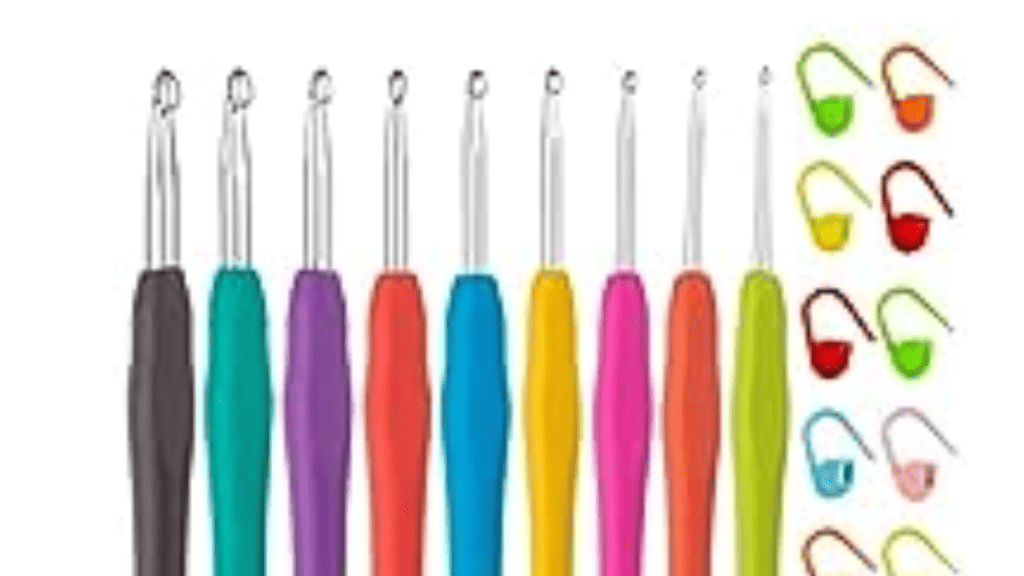
Crochet hooks come in different sizes to suit various yarn weights and project requirements. Your hook size determines the size of your stitches and the density of your fabric.
Metric and US Size Conversions
When you’re selecting a crochet hook, you’ll notice that hooks can be labeled with metric (mm) sizes, US letter and number designations, or UK terms; these vary by manufacturer and country.
Regular crochet hooks typically range from 2.0 mm to 25 mm in size, while steel crochet hooks, often used for lace and fine threads, range from 0.6 mm to 3 mm hook.
For a convenient reference, here’s a conversion chart to help you match metric sizes to US sizes:
| Metric Size (mm) | US Size (Letter) | US Size (Number) | UK Size |
|---|---|---|---|
| 2.0 mm | – | B/1 | 14 |
| 2.25 mm | B-1 | – | 13 |
| 2.5 mm | – | C/2 | |
| 2.75 mm | C-2 | – | 12 |
| 3.0 mm | – | D/3 | 11 |
| 3.25 mm | D-3 | – | 10 |
| 3.5 mm | E-4 | – | 9 |
| 5 | H | … | |
| 6.5 mm | K-10.5 | – | 3 |
| 8.0 mm | L-11 | – | 0 |
| … | |||
| 15 mm | P-16 | – | – |
| 25 mm | U | – | – |
Remember, aluminum crochet hooks are popular because they are lightweight and come in a wide range of sizes. Keep in mind that the size of your hook will influence the number of stitches per inch in your project.
Crochet Hook Size Chart
Using a crochet hook size chart can be a game-changer for your projects. Here’s an example of how hook sizes correlate with common yarn weights:
| US Hook Size | Yarn Weight | Example of Yarn Type |
|---|---|---|
| E-4 (3.5 mm) | Light/DK (Double Knit) | Baby yarns, light worsted yarns |
| H-8 (5 mm) | Medium/Worsted | Afghan, aran yarns |
| L-11 (8 mm) | Bulky/Chunky | Chunky yarns, craft yarns |
| P-16 (11.5 mm) | Super Bulky | Roving, super bulky yarns |
| U (25 mm) | Jumbo | Roving, jumbo yarns |
You’ll tend to use smaller hooks for delicate yarns and tighter stitches, while larger hooks pair well with thicker yarns for a more open, drapey fabric.
Types of Crochet Hooks
When you’re diving into the wonderful world of crocheting, the hook you choose directly impacts your crafting experience. You’ve got a range of materials to pick from, and there are hooks designed for special tasks, too.
Materials and Manufacture
Materials play a huge role in the function and feel of crochet hooks. Here are some common ones:
- Wooden Hooks: Loved for their lightweight and warmth, wooden hooks like bamboo provide a natural feel.
- Aluminum Hooks: Durable and smooth, they allow yarn to glide easily, and they come in many sizes.
- Plastic Hooks: These are affordable and come in a variety of fun colors.
- Steel Hooks: Typically used for finer work and smaller yarns, steel hooks are strong and precise.
You might find that the best crochet hook for you is one that fits comfortably in your hand—this is often an ergonomic crochet hook. These have handles designed to minimize hand strain, and they can be made from any of the materials mentioned.
Specialized Crochet Hooks
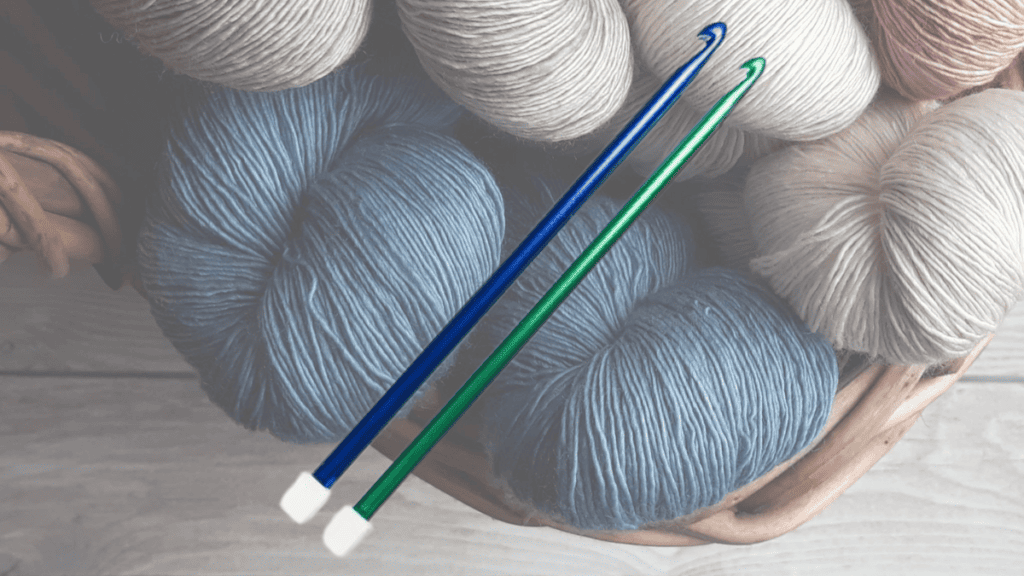
- Tunisian Crochet Hooks: These are longer than regular hooks and have a stopper at the end. They’re used for a technique that’s a mix of knitting and crocheting.
- Crochet Hook Set: Investing in a set can be a great way to cover all your bases. Sets often include an array of sizes and may feature different hook materials.
When starting out, you may want to try a few different types to see what feels best in your hand. As you grow in your craft, you’ll likely collect a range of hooks that each serve a unique purpose in your crocheting.
Selecting the Right Crochet Hook
When it comes to crochet, the hook you choose can drastically affect your project’s outcome and your comfort during the process.
Personal Comfort and Preference
Finding the right crochet hook isn’t just about the size; it’s about how it feels in your hand. Ergonomic crochet hooks, with their specially designed handles, can reduce hand fatigue and are a good idea if you plan on crocheting for extended periods.
Here’s a tip for you: if you’re a beginner crocheter, it’s often recommended to start with larger hooks, as they’re easier to handle and see your stitches.
Different materials can also play a role in comfort. Hooks come in aluminum, plastic, wood, and more. Each offers a distinct feel and grip. If you’re unsure which material you prefer, test a few out before committing to an entire set.
When considering correct crochet hook size, remember it’s crucial for achieving the right gauge and look for your project. Yarn labels often suggest the appropriate hook size to use, but your tension may vary. It’s always a good idea to make a test swatch to ensure you’re using the best way to achieve the desired result. Here’s a simple table to get you started:
| Yarn Weight | Suggested Hook Size |
|---|---|
| Lace | 1.5 – 2.25 mm |
| Super Fine | 2.25 – 3.5 mm |
| Fine | 3.5 – 4.5 mm |
| Light | 4.5 – 5.5 mm |
| Medium | 5.5 – 6.5 mm |
| Bulky | 6.5 – 9 mm |
| Super Bulky | 9 – 15 mm |
| Jumbo | 15 mm and larger |
Remember, the right crochet hook is a balance of the correct size for your yarn and the one that feels best in your hand, keeping in mind the different types of crochet hooks available. Trust your personal preference, and don’t be afraid to switch it up until you find the perfect match!
Crochet Hooks and Yarn Weight
When you pick up a crochet hook, it’s crucial to consider the yarn you’ll be using. The yarn weight and the hook size are a dynamic duo that work together to make your project successful.
How To Read Yarn Labels
When you’re staring down an aisle of beautiful yarns, the yarn label is your best friend. It’ll typically suggest the right hook size for that specific yarn. For example, a standard label on a DK (double knitting) yarn might recommend a hook size of 3.5-4.5mm, ensuring your work has the correct gauge and texture.
Yarn Weight
Here’s a quick cheat sheet for you:
- Fine Yarns (like sock or fingering): Use smaller hooks, around 2.25-3.5mm.
- DK Yarns: 3.5-4.5mm hooks are your go-to.
- Chunky Yarns: Grab those larger hooks sized 5.5-8mm.
- Super Bulky Yarns: You’ll need even beefier hooks, typically 9-15mm.
For thin yarns, those delicate hooks will help you achieve tight and even stitches. When working with particular yarns like chunky or super bulky, bigger hooks will save you time and effort.
Always remember, your crochet pattern can override yarn label recommendations. If a pattern is designed for a specific look or feel, such as a tighter fabric or more drape, it may suggest going up or down a hook size. Always check the pattern’s recommended hook size to achieve the intended result.
Understanding Gauge in Crochet
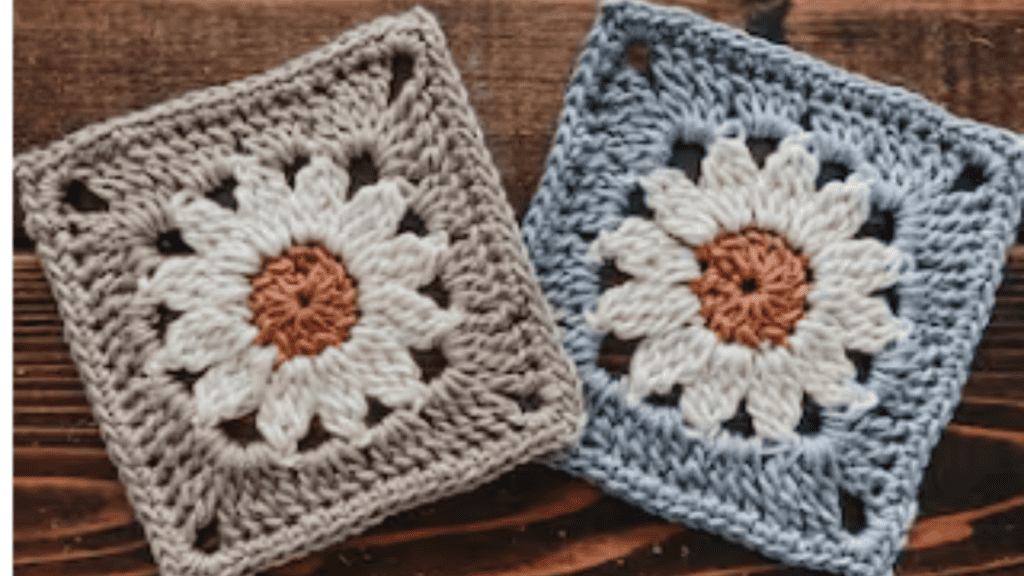
In crochet, gauge is critical to ensure your project measures up correctly. It’s the key to making your work fit the intended design and size.
Achieving the Desired Stitch Size
To nail the right stitch size, you’ve got to start with a gauge swatch. This little square of fabric lets you measure how many stitches and rows fit into a 4-inch area. You make it before diving into the full project; it’s your roadmap to matching the pattern gauge information.
Here’s a quick guide to get you going:
- Using the size crochet hook listed in your pattern, make a small square.
- Once it’s big enough, lay it flat without stretching it.
- Take your needle gauge tool, and count how many stitches and rows sit in a 4-inch span.
If you’ve got more stitches than the pattern calls for, your stitches are too small. You’re tight; loosen up! Try a larger hook to make looser stitches.
If you’ve got fewer stitches, they’re too big. Reign it in and swap for a smaller hook.
Crochet gauge isn’t just for show—it ensures your sweater isn’t more of a blanket and your hat isn’t better fit for a basketball. Keep that swatch practice going until your hook and hand team up to match the crochet gauge listed in your pattern.
Reading Crochet Patterns
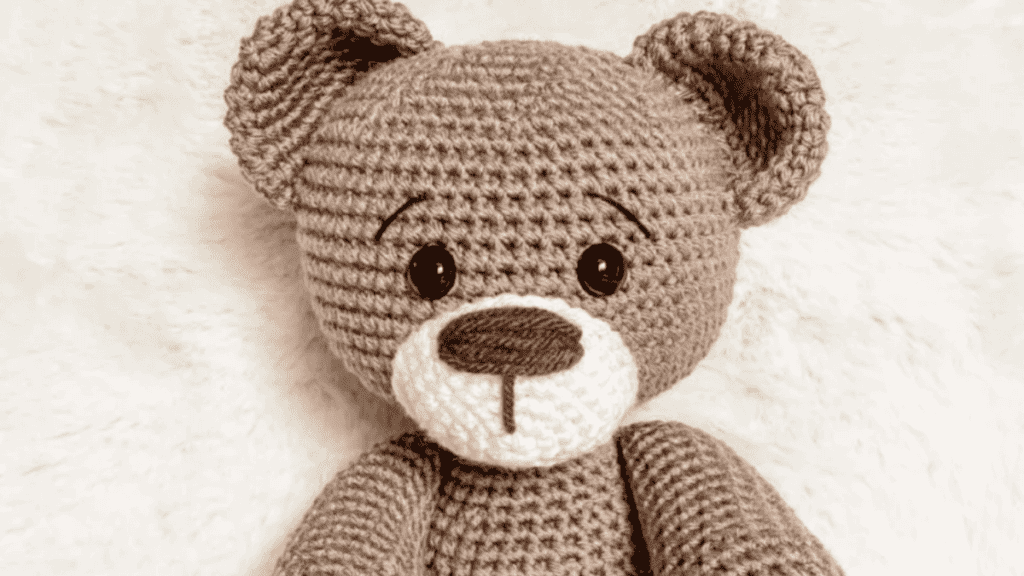
Understanding crochet patterns is crucial to the success of your project. The pattern not only dictates the design but also specifies the size of crochet hook you’ll need to use. We have an entire section about how to read crochet patterns to help you with that next step.
Pattern Instructions and Hook Information
When you pick up a crochet pattern, you’ll typically find a section detailing the required materials. This part of the pattern outlines the exact size of the crochet hook you should use. Usually, this is listed alongside the yarn type and may read, for instance, “Use size 5mm crochet hook.”
Crochet hook sizes can come in different standards, like metric (mm), US, and UK sizes, and it’s important to use the correct size to achieve the intended gauge.
Gauge refers to how many stitches and rows per inch you should have. If your gauge matches the one in the pattern instructions, you’re on track.
The pattern instructions will guide you step by step through your crochet project.
Pay attention to hints within the instructions, like “tight weave” or “loose fabric,” as these can influence the size of your crochet hook choice. For example, if you crochet tightly, you might need a larger hook than recommended to meet gauge.
Crochet patterns sometimes use standard abbreviations to denote stitches and techniques. Look for a key or legend that explains what each abbreviation stands for. It might be situated at the beginning or end of the pattern.
Here’s a quick reference to some common crochet abbreviations and their interpretations:
| Abbreviation | Stitch or Technique |
|---|---|
| ch | Chain |
| sc | Single Crochet |
| dc | Double Crochet |
| hdc | Half Double Crochet |
| sl st | Slip Stitch |
| inc | Increase |
| dec | Decrease |
Remember that the right crochet hook can make or break your project. Even if it’s the most common size, if it doesn’t match your tension or the specified gauge, the final product might not turn out as expected.
Always make a test swatch to check your gauge with the recommended hook size listed in the pattern instructions before diving into the project.
Crochet Hook Innovations
Recent advancements in crochet hook design have revolutionized how you work with yarn, offering enhanced comfort and versatility in your craft.
Evolution of Hook Design
Initially, crochet hooks were simple tools with little variation in design or size. But times have changed. Now you’ve got diverse options tailored to your crafting needs.
Crochet hook manufacturers have expanded their offerings to include different sizes that adhere to standard crochet hook sizes, ensuring that you can pick the perfect tool for your project.
The sizes range from the tiny 2.25 mm (B-1 in US terms) to the hefty 19 mm (S-19), catering to various yarn weights and project types.
While US crochet hooks utilize letters and numbers to denote size, globally, metric units are commonly used. This can be a tad confusing, so here’s a table to help you out:
| Metric (mm) | US Size |
|---|---|
| 2.25 | B-1 |
| 3.5 | E-4 |
| 4.0 | G-6 |
| 5.0 | H-8 |
| 5.5 | I-9 |
| 6.0 | J-10 |
| 6.5 | K-10.5 |
| … | … |
| 19.0 | S-19 |
Advanced materials like ergonomic rubber handles and aluminum cores are now commonplace, offering you a more comfortable grip to help reduce hand fatigue. These innovations reflect a trend toward user-focused design in your tools.
Different crochet hook sizes and the different numbering system used across regions underscore why paying attention to detail is crucial for your project’s success.
Your standard crochet hooks might not match up with a pattern developed overseas, so always check if the pattern uses metric or US sizing.
Now, when you pick up a crochet hook, you’re not just holding a tool; you’re grasping years of innovation aimed at making your crafting experience smoother and more enjoyable.
Tips for First-Time Crocheters
When you’re starting out, it’s all about finding the groove that works for you. Grab your hook and let’s get you crocheting like you’ve been doing it for a long time.
Finding Your Style and Technique
To kick off your crochet journey, it’s about nailing down the basics. Start by understanding the US terms—they’re your crochet language. You’re going to see things like single crochet (sc) or double crochet (dc) and these are the stitches that’ll become your best friends.
- Hold it right: There’s no single “right” way to hold your hook—try the pencil or knife grip to see what feels best.
- Hook size matters: Picking the right size hook can make a big difference. Start with a medium size, like an H/8 (5mm), which works well with worsted-weight yarn. It’s often the easiest way to see your stitches.
The medium hooks and yarns are awesome because they’re not too small or fiddly, making them perfect for you to practice without squinting or getting frustrated. Plus, using the right size means you’re set up for the best results, and who doesn’t want that?
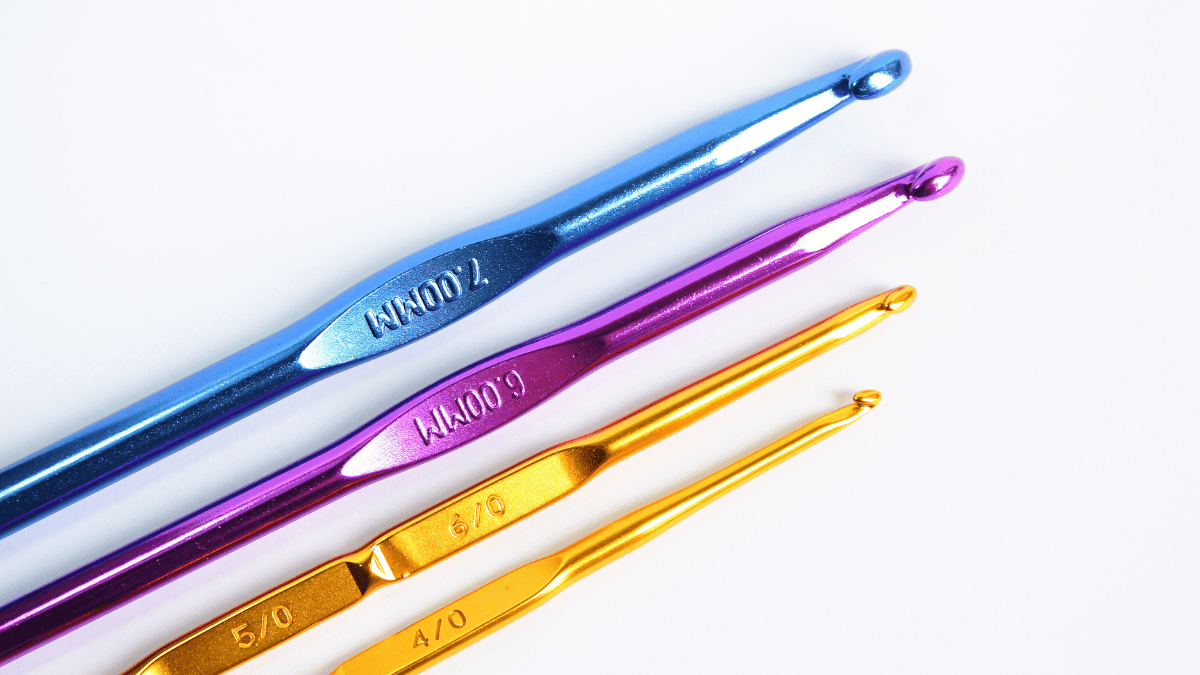

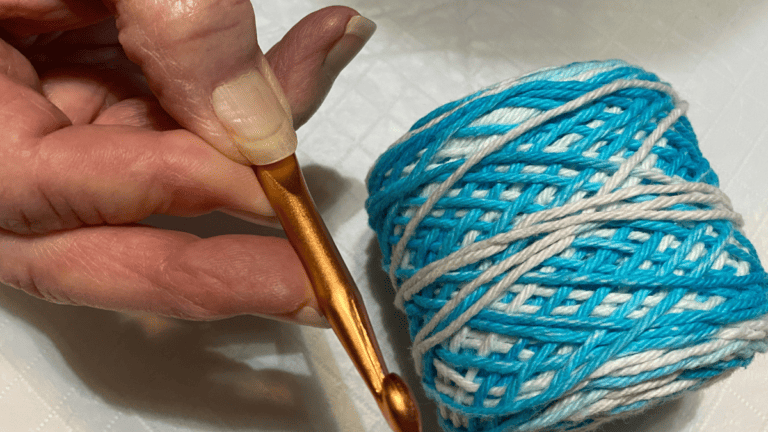
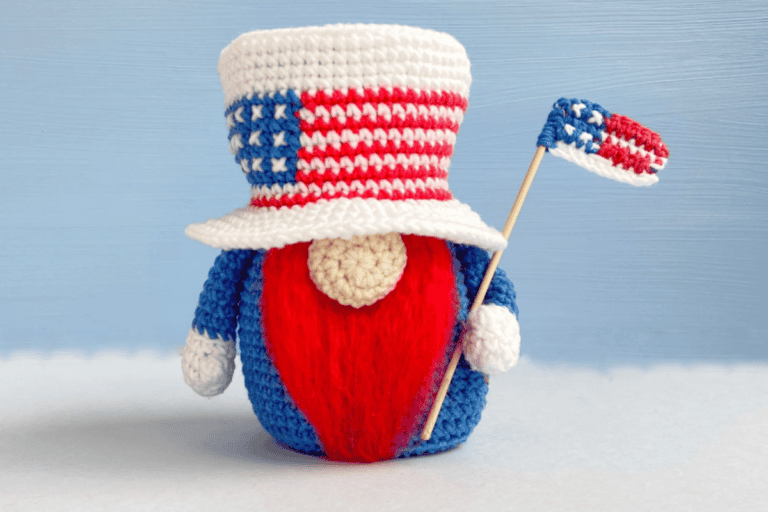
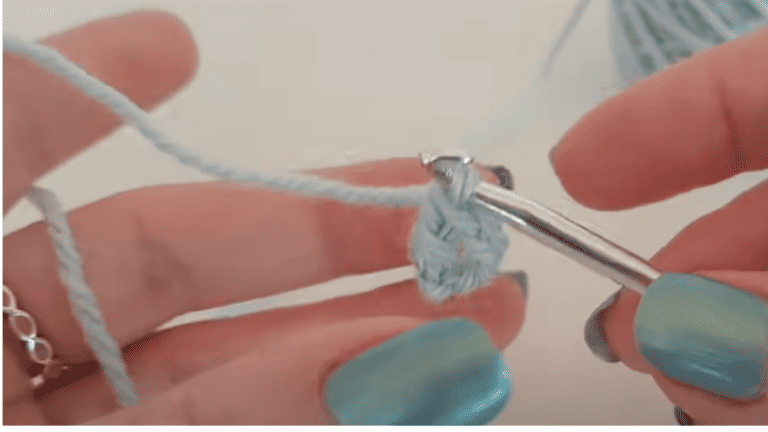
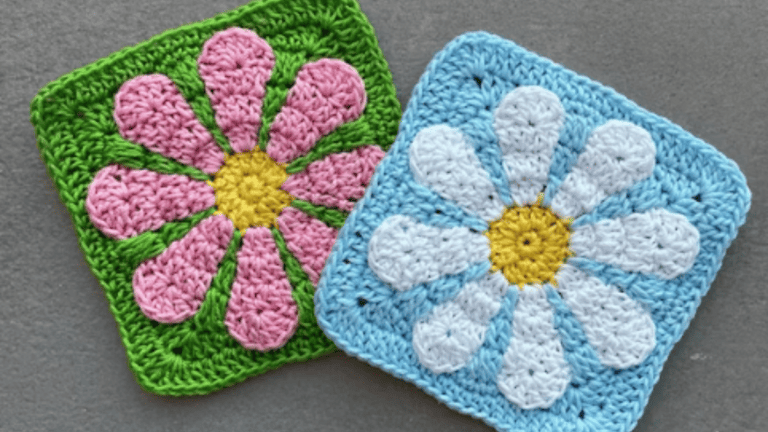
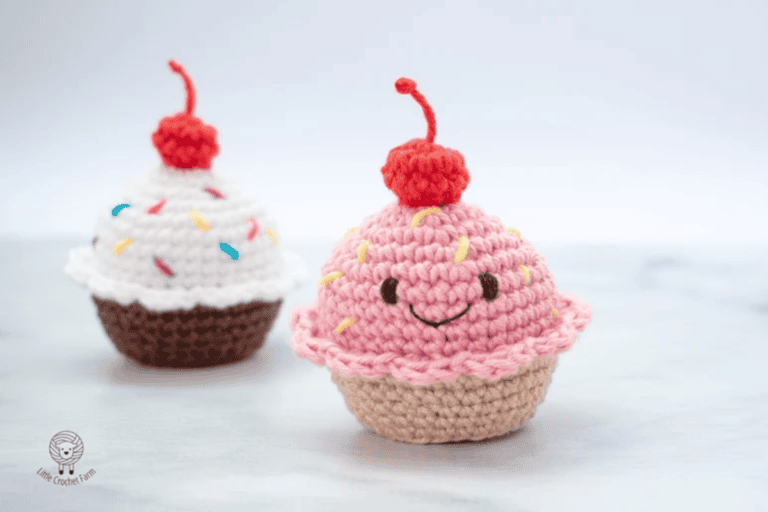
2 Comments